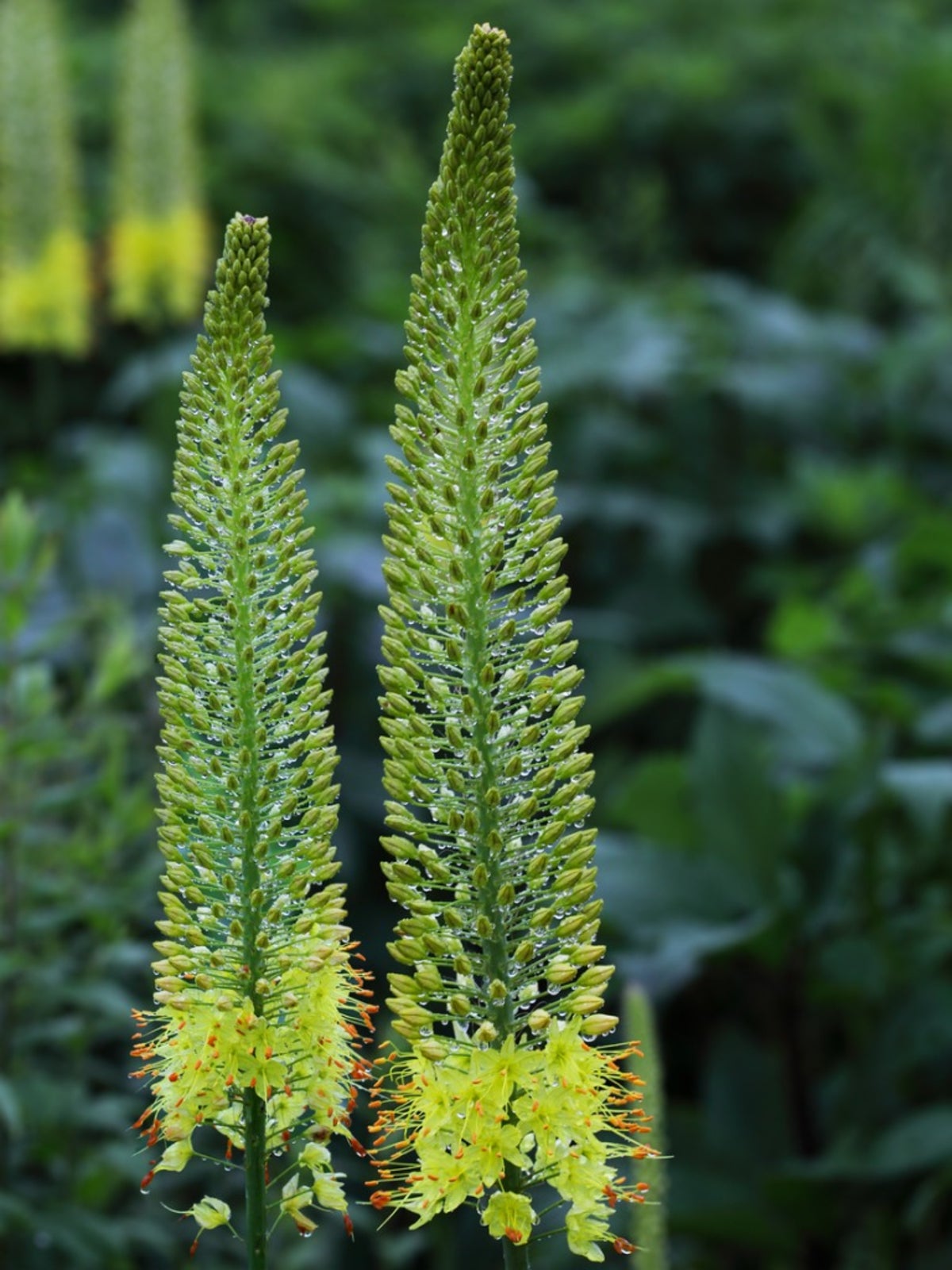Desert Candle Plant Info – How To Grow Caulanthus Desert Candles


Gardeners in hot, dry summer regions may want to try growing Desert Candles. The Desert Candle plant is native to North America and distributed through warm zones with fairly dry climates. It has the site needs of a desert succulent but is actually in the Brassica family, related to broccoli and mustard. Similar to these vegetables, it gets small flowers arranged in characteristic fashion.
About Caulanthus Desert Candles
Finding unique plants for hot, dry locations is often a challenge. Enter the Desert Candle flower. Caulanthus Desert Candles grow wild in southern California and Nevada. It is part of the wild flora of the hot Mojave Desert. It can be difficult to find plants for sale, but seed is available. This is a heat and drought tolerant plant with an interesting form and very pretty flowers.
The Desert Candle plant is unique in form. It grows 8 to 20 inches (20-51 cm.) tall with a greenish yellow, hollow, columned stem that tapers at the top. The sparse green leaves may be smooth or minutely toothed, primarily appearing at the base of the plant. Flowers appear around April in their wild habitat. The Desert Candle flower is tiny, appearing in clusters at the top. The buds are deeply purple but become lighter as they open. Each flower has four petals. The plant is annual but develops a deep tap root to dredge water in dry sites.
Tips on Growing Desert Candles
The hard part is getting your hands on seeds. Some online sites and collectors in forums have them. It is suggested that you soak the seed for 24 hours prior to planting. Surface sow the seeds in succulent soil and sprinkle fine sand to just cover them. Moisten the flat or container and keep lightly moist by misting. Cover the container with a plastic lid or clear plastic bag and keep it in a warm, bright area. Remove the covering once per day to let excess moisture escape, preventing rot and mold.
Where to Plant Desert Candle
Since the plant's native ranges are naturally arid except during the growing season, it will prefer a hot, dry, well-draining site. Desert Candle is hardy to USDA zone 8. If necessary, enhance your drainage by incorporating pebbles, sand, or other grit. Once the plant has germinated and produces several pairs of true leaves, begin to harden it off. Once the plant has acclimatized to outdoor conditions, install it in a prepared bed in full sun. Water infrequently and let the soil dry out completely before giving more moisture. Once the flowers appear, enjoy them but don't expect another bloom. This annual has just one performance in spring.
Sign up for the Gardening Know How newsletter today and receive a free copy of our e-book "How to Grow Delicious Tomatoes".

Bonnie Grant is a professional landscaper with a Certification in Urban Gardening. She has been gardening and writing for 15 years. A former professional chef, she has a passion for edible landscaping.